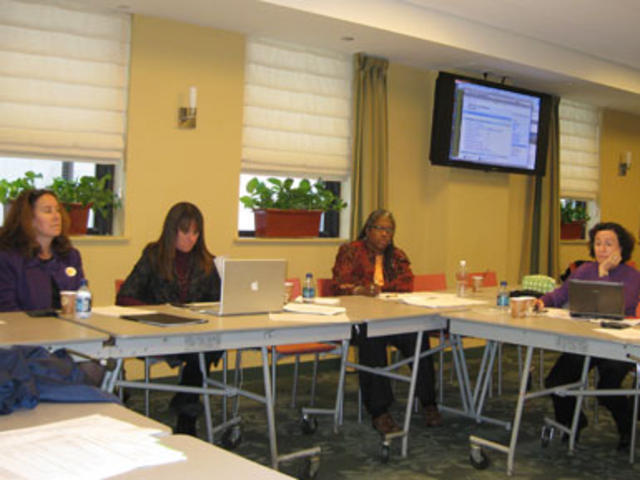A well-structured meeting chances to success. That depends on strict management by the chairman, but with a pre-determined agenda, you can proceed faster and more specifically. So, what are the best practices for agenda in board meetings?
The essence of the board meeting agenda
Meeting management is the process of managing all components that have to do with meetings. The actions before, during, and after the meeting are equally important to its success. Forgetting or neglecting an element of the meeting can lead to poor results and require further meetings. But how about board meetings? Do topics have to be presented here that have to be worked through in the specified order? Minutes must be kept in any case so that the most important arguments and decisions of the meeting are recorded. An agenda is not necessary, but helpful in order not to lose the thread at a club meeting and to proceed in a structured manner.
An agenda for a meeting of the board of directors, a committee, or the head of the department should list the items the chairman of the meeting intends to address. To allow the participants of the meeting to make their suggestions, “Motions” and “Miscellaneous” should be included as the last items on the agenda.
Best agenda practices for board meetings
An agenda for a board meeting, usually an annual general meeting, has fixed specifications. It does not have to be seen so strictly. But it should contain the following points:
- Welcome, announcements
- Approval of the minutes of the previous meeting of the association
- Topic 1
- Topic 2
- Requests
- Various.
Depending on the respective requirements, the number of items on the agenda can be increased by adding further topics.
How to create a good agenda?
The agendas at general meetings are necessary to meet the requirements of the statutes. You can find out here how to create an agenda for the board meeting and what to consider:
- Determine the current topics
Start by asking yourself the purpose and purpose of the meeting. If this is not possible, the meeting as such should not be held at all. Deciding which topics to put on the agenda can be quite difficult at first, but asking about the purpose of the meeting helps here too. Board meeting software simplifies this process with the help of an MS Office-style interface and professional agenda templates. You can attach items, determine times and the speaker of the topic, and even ask the participants for suggestions for the agenda.
- Use the agenda templates
The format of a meeting agenda template depends on the purpose of the meeting and the outcome – it can be complex and detailed, or it can be as simple as a list of the points to be discussed. A formal meeting agenda contains much more information, such as a list of who will be attending the meeting and the time slots and schedule. In this case, board portals will also help to create a good agenda automatically as they offer ready-made templates.
- Distribute the agenda
In any case, distributing the agenda should be done before the start of the meeting (according to data security best practices) so that the participants can prepare accordingly. However, this is easier said than done using traditional methods such as Word and email. An automatic distribution function in the software enables the meeting organizer to send the agenda to the participants with a simple click of the mouse. With software like BoardEffect, the participants receive a guaranteed professional-looking agenda – completely automatically.

